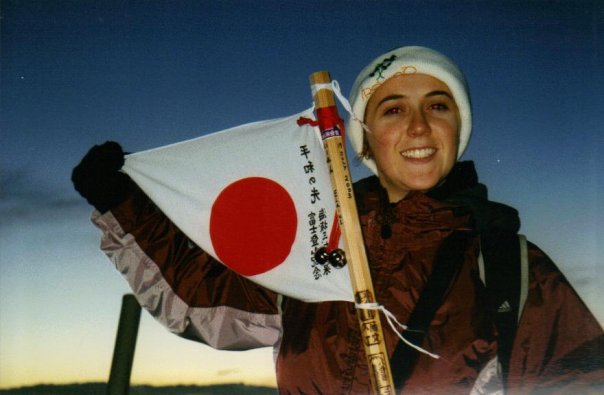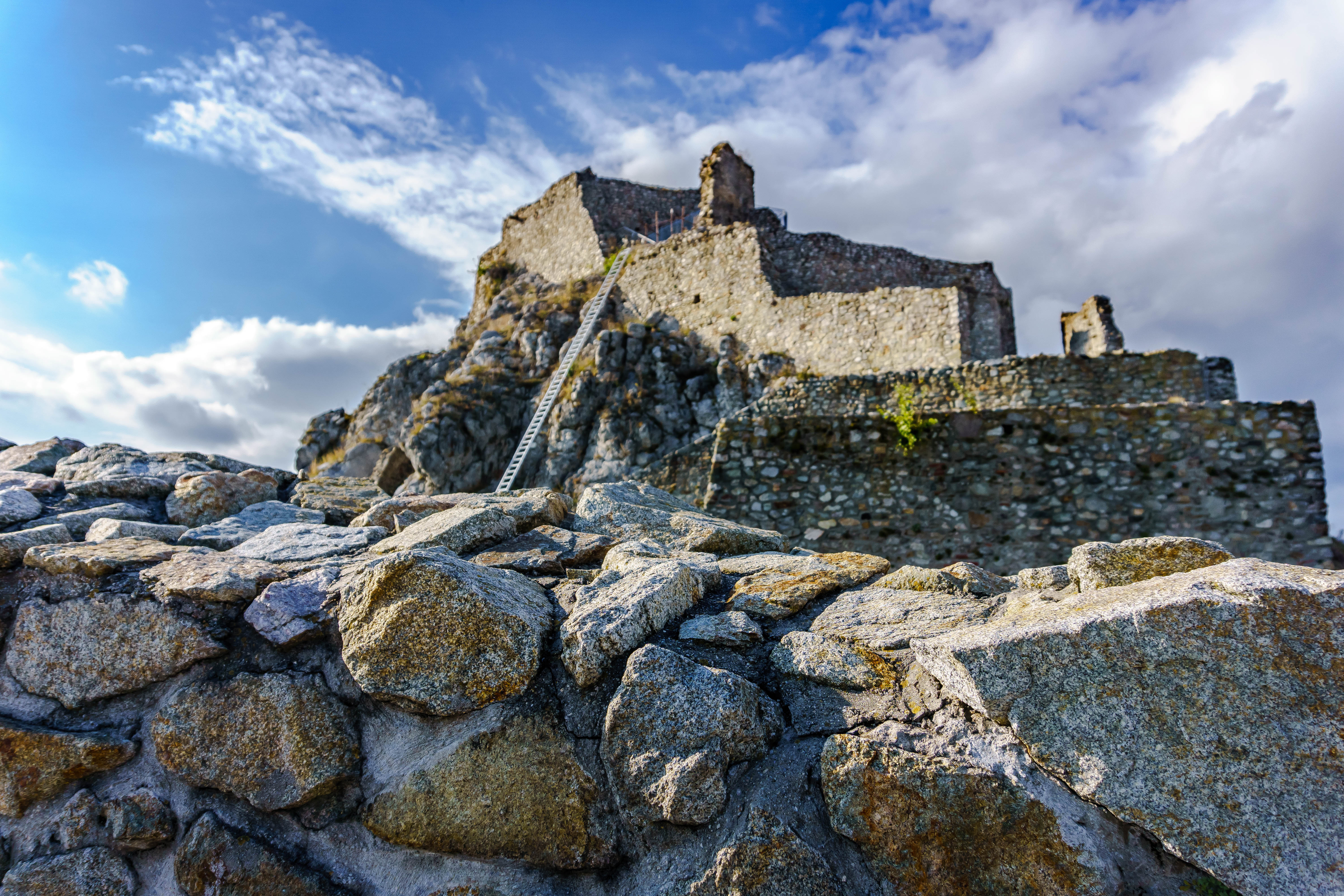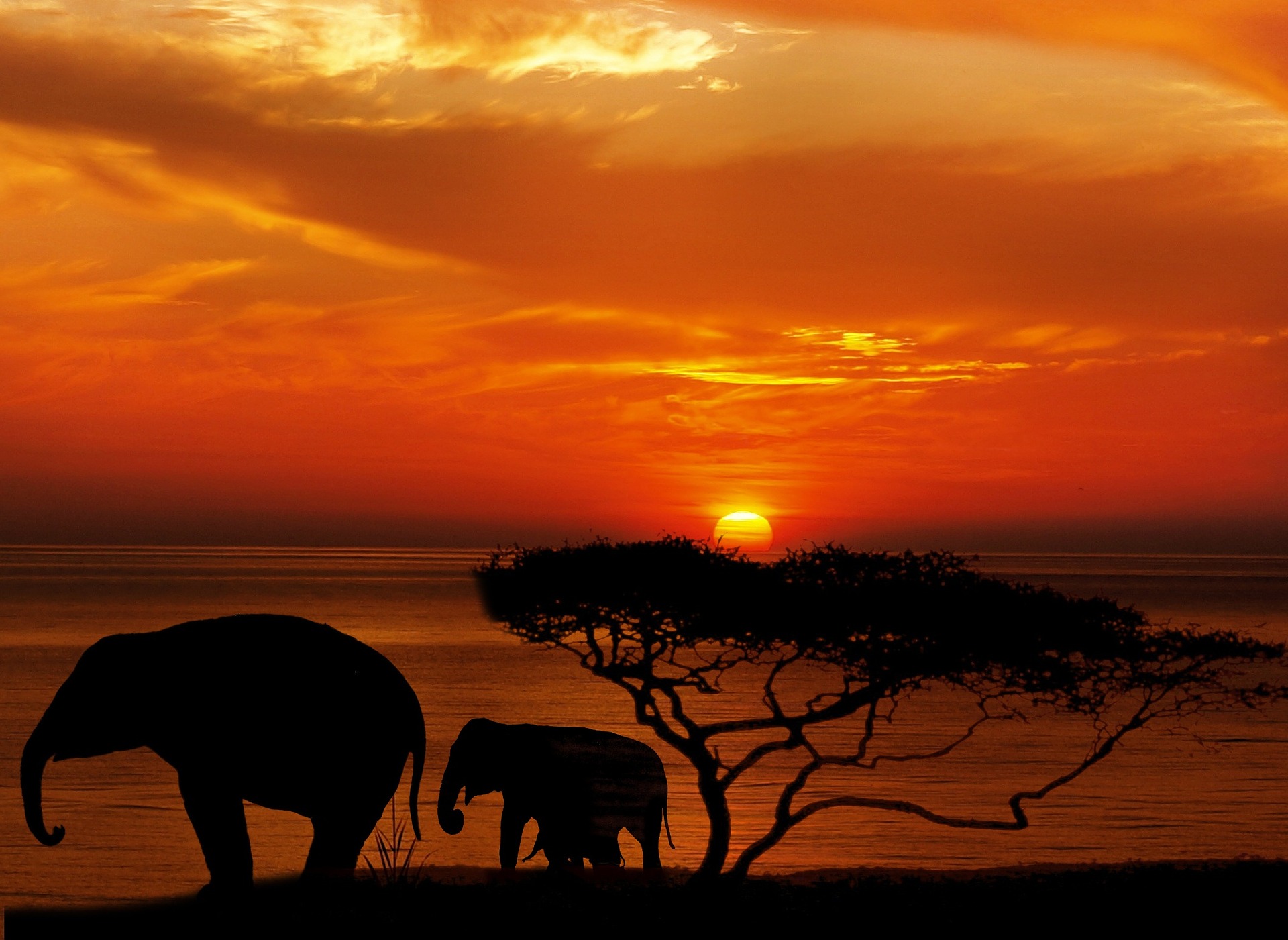“A wise man climbs Mt. Fuji once, only a fool climbs twice”
Japanese Proverb.
Consider this the writing of a fool for I have climbed Mt. Fuji twice.
At an altitude of 3776m or 12,395ft, Fuji-San is the tallest mountain in Japan. Not only that, but it is often considered the most symmetrical volcano in the world. The mountain is spectacularly beautiful, especially when capped by snow in the winter. The shrine at the summit has been a pilgrimage site for Buddhist and Shinto monks for many centuries, making it a sacred site in Japanese religion. When I arrived in Japan, I pledged to climb Mt. Fuji, so when the climbing season came in August, my friend Nikki and I took a bus from Shinjuku for a 5-hour journey to the foot of the mountain.
Beginning the climb of Mt. Fuji
The mountain divides into several stations and trails. Most people begin climbing at Kawaguchi-ko fifth station, although it’s possible to start from the mountain’s base. We opted for the Kawaguchi trail, believed to be the easiest trail, which should take anywhere between 5-7 hours, depending on the climber’s ability. Since we were starting our climb at 8 pm to reach the summit before sunrise, we had some spare time at the station. Before climbing, we purchased a walking pole with a flag and bells. You can choose the familiar red circle on a white background flag, the rising sun flag, or the US flag. Although I have no idea why someone would want to carry a US flag while climbing a mountain in Japan! At each station, the pole is branded with the height, making it a great souvenir (albeit it challenging to take on the plane home!).
A busy path
The path towards the 6th station inclines gently through pine forests. However, it soon starts to get steeper. Since Mt. Fuji is always busy, it’s unlikely you’ll climb alone – we climbed alongside hundreds of other walkers from many different countries. Sometimes, we had to wait in a line because overtaking on the narrow paths is hazardous.
After climbing for 5 hours, we reached a station and had our poles branded. We were at 3100m. Disappointingly, we thought we were higher and we still had more than 700m left to climb. The station attendant informed us it was another 3 hours to the top, but it would take longer because of the crowd. That meant we would not make it to the top for sunrise. Nevertheless, we kept going, but the terrain was getting more challenging, and we were now climbing more than walking. We clambered up a lava flow of large rocks that were taller than me. Because it was so steep and crowded, we moved slowly. After another hour, we had only moved 50 meters.
Potential dangers of climbing Mt. Fuji
Although Mt. Fuji is relatively easy to climb, sudden storms can make summitting very dangerous. A worker at the next station told us that it was snowing at the summit, which was unusual for that time of year. He advised us not to continue. We contemplated it for a while, but as other climbers were still going ahead, we decided to try. Luckily, the storm passed quickly. Friends who attempted the climb days later had a terrifying experience on the mountain when a storm blew in, and they needed emergency assistance. We didn’t make it to the top in time for sunrise, but we enjoyed watching it from a lower station.
After climbing for over 10 hours, I eventually reached the summit, burning with a sense of accomplishment. Every muscle in my body screamed in agony. However, it wasn’t enough to discourage me from climbing again a week later when another friend came to visit! The second time was less busy, and I made it to the top in under 7 hours and in time for sunrise.
Watching the sunrise from the highest point in the Land of the Rising Sun is an incredibly beautiful experience.

Success! Standing at the top of Mt. Fuji.
Tips for climbing Mt.Fuji
- Don’t underestimate the challenge, especially when seeing younger and elderly climbers. This is a challenging climb, and having a certain level of fitness and stamina is necessary.
- Be prepared with warm clothes and sunscreen. Even in summer, temperatures can drop significantly at the top. It gets hot quickly after sunrise.
- Bring plenty of water and snacks. Walking between stations can take quite some time. A head torch is helpful after dark or when you need both hands to climb.
- Bring a spare camera battery. Low batteries may stop functioning at the top, and you wouldn’t want to miss capturing your experience!
- Consider bringing a small canister of oxygen. Altitude sickness is a common issue for some climbers. While they do sell these on the mountain, they are expensive.
- Avoid climbing on national holidays or weekends when the number of people can be overwhelming.
Have you climbed Mt. Fuji, or are you planning to? Tell me all about it below!




Awesome! You have done way too mnay cool things Elaine 🙂
Jordan recently posted..Royally Fluck You